Some are garden thugs, others are maintenance hogs or one-hit wonders. Don't bother planting these shrubs.
11 Spreading Shrubs You Don’t Want to Plant

Tansy
Also known as common tansy, cow buttons and bitter burrows, Tanacetum vulgare, or tansy, is native to warm parts of Europe and Asia. It has been introduced to North America, where in some places it’s considered an invasive plant.
The tall reddish stalks and bright yellow, button-like flowers are certainly eye catching, but this plant shouldn’t be allowed anywhere near your yard. Not only are the leaves and flowers toxic, but consumption of the plant can cause liver and brain damage, along with convulsions. Even if you don’t routinely eat the plants in your yard, best be safe and stay away from tansy.
Pro Tip: Instead of spending hours digging out a stubborn shrub, check how to remove shrubs without breaking your back.
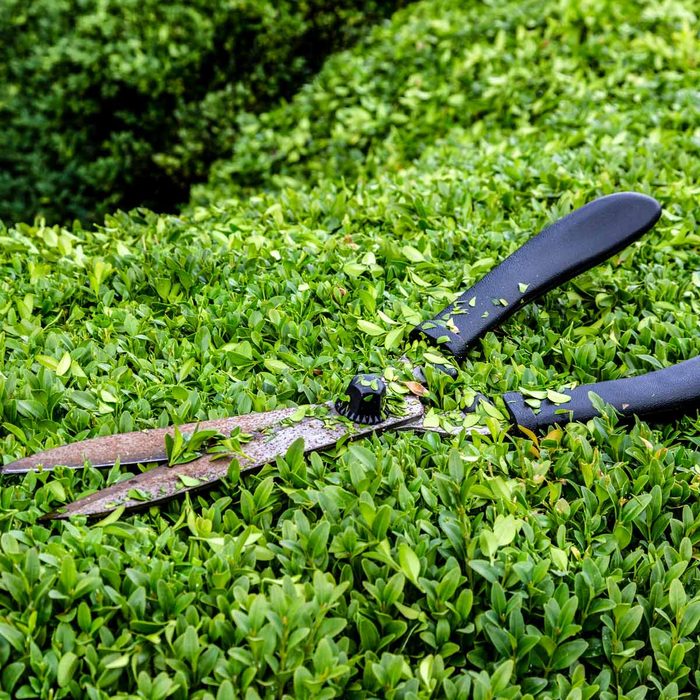
Privet
Pruning a privet hedge is like painting the Golden Gate Bridge — once you’re done, you turn around and start over. At least it seems that way.
Privet (Ligustrum spp.) grows so quickly that it has to be pruned four to five times a year to keep that neat-and-clean look. It does provide privacy, but doesn’t have much beauty. And if you fall behind on the trimming, it will quickly become unkempt. If you’re able to stay on top of maintenance, i.e. keeping your privet trimmed, then you’ll be fine, but if you want low-maintenance landscaping, avoid this one.
For a gardener, there’s nothing worse than watching your hard work get overrun with weeds. Try these methods to avoid or control the growth of invasive garden plants in your garden.
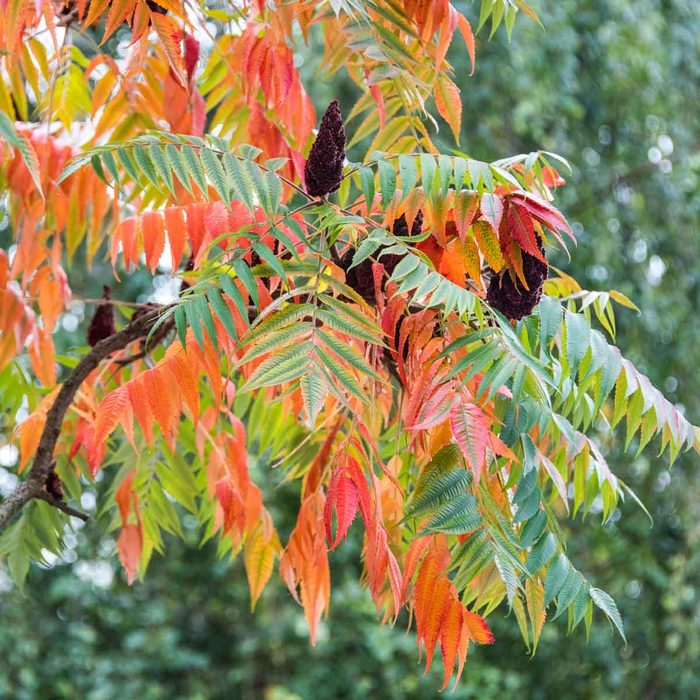
Staghorn Sumac
It’s a relative of poison ivy. Need we say more? Not everyone is allergic to staghorn sumac (Rhus typhina), but those who are will experience intense itching that’s only temporarily relieved by scalding water (not recommended, by the way).
Then there are the watery blisters that spread the itchiness if they’re opened by scratching or bathing. Now, why would you want to bring THAT into your yard? Did we mention staghorn sumac spreads easily by its roots and forms thickets? Ugh.

Japanese Barberry
Japanese barberry (Berberis thunbergii) sneers at neglect and tolerates drought. To top it off, there are some much nicer colorful cultivars out there in hues of chartreuse and burgundy. Japanese barberry shrubs are thorny (good for barriers, bad for bare skin). The bright red or orange berries are eaten by birds, then the seeds are deposited elsewhere.
Spreading quickly, Japanese barberry can dominate a landscape. It crowds out native plants, especially in the Northeast, Great Lakes area and parts of the Northwest. There are better options without the baggage.
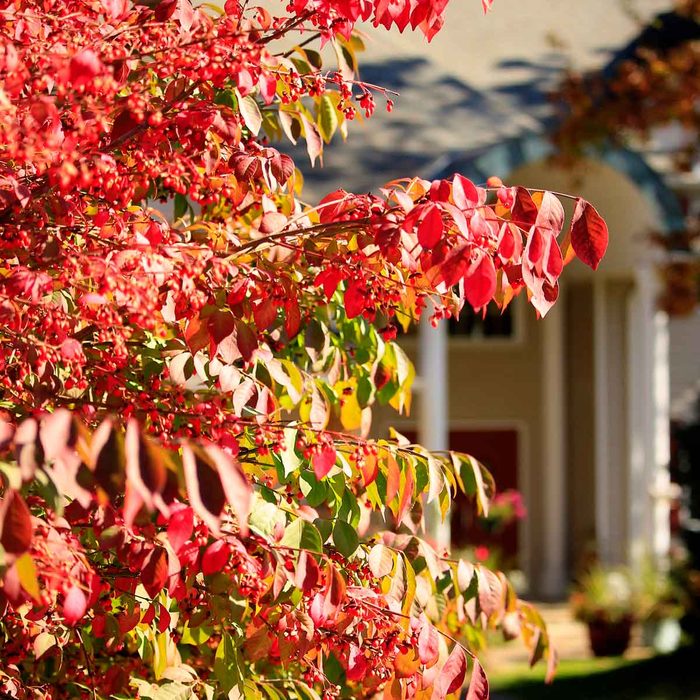
Burning Bush
It’s got show-stopping fall color — the red and yellow really catch the eye even from a distance — and it’s simple to grow. However, burning bush (Euonymus altatus) grows fast, up to 15 feet in height, so it typically needs regular pruning where space is lacking. And it has become invasive in woodlands in the East, Midwest and South, thanks to seeds dispersed by birds. It can’t even be legally sold in Massachusetts and New Hampshire.
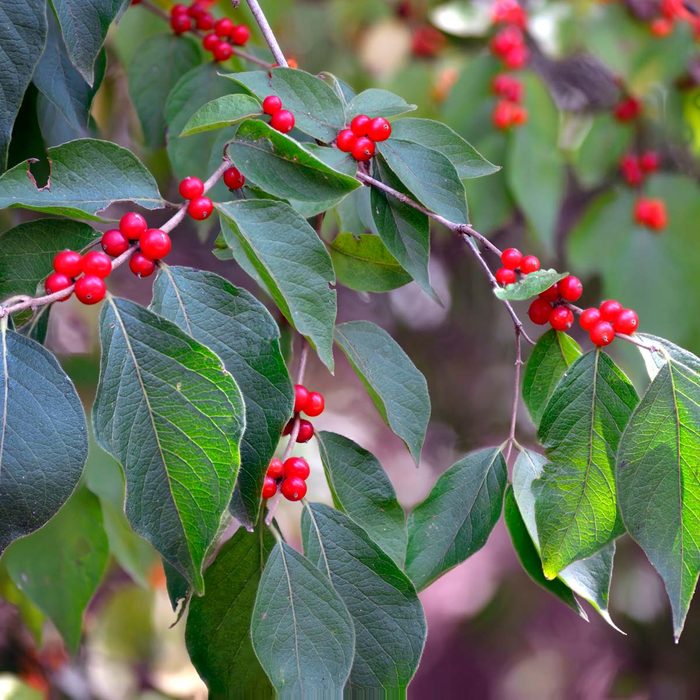
Bush Honeysuckle
Bush honeysuckle (Lonicera spp.) has fragrant flowers and bright red berries. Sounds good, right? But it’s a nasty pest that spreads by roots and seeds. This flowering shrub pops up everywhere and out-competes native vegetation simply because it is so undemanding. Sun, shade, wet, dry — to bush honeysuckle, it’s all good. And if you grow one, it’s all bad (for you).
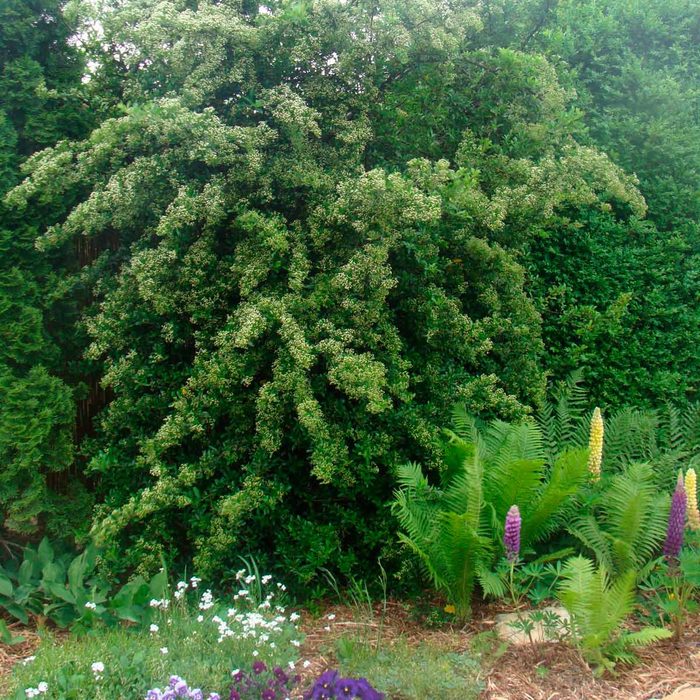
Pyracantha
It’s a tough shrub with bright orange or red berries. It can be trained into a topiary, too. However, pyracantha is a problem in California, Texas and parts of the Deep South, where it has invasive tendencies. Elsewhere it’s just a hassle to deal with, thanks to thorny branches and a tendency to “bite back,” meaning you have to deal with the thorns as you remove the dead wood.
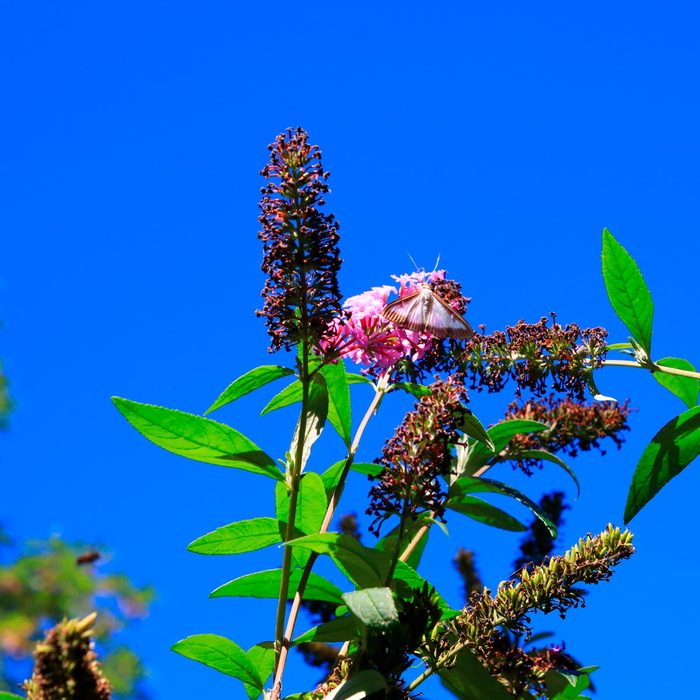
Butterfly Bush
Butterfly bush (Buddleja davidii) has its virtues. After all, it attracts butterflies — that can’t be bad. And it’s drought tolerant and has pretty flowers.
In northern climes, however, it dies back to the roots in winter, so you have to cut it back to the ground in spring (more work) and hope it still flowers. And in areas like the Pacific Northwest and much of the East, butterfly bush is considered invasive. If you do grow one, look for a sterile cultivar.
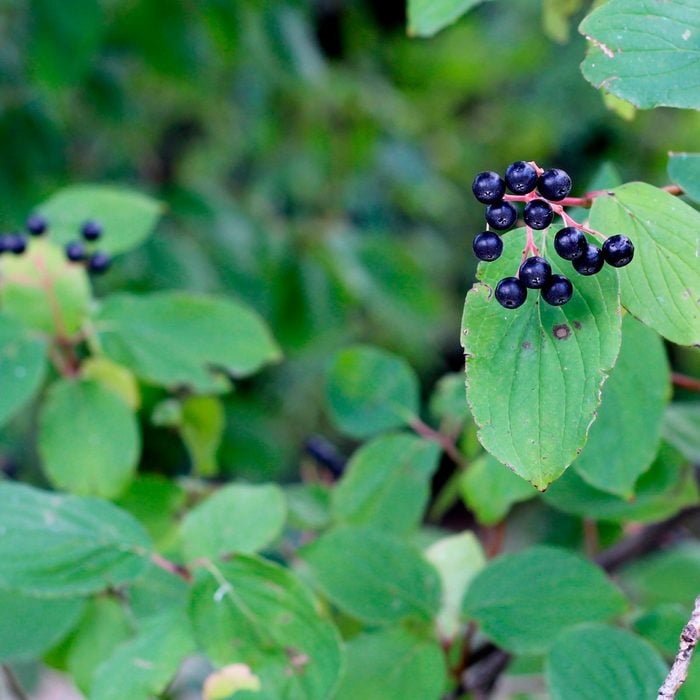
Buckthorn
Like so many other invasive species, the buckthorn shrub (Rhamnus cathartica) was brought to this country as an ornamental. It’s now considered a noxious weed because it outcompetes native vegetation, forming an impenetrable barrier and degrading wildlife habitat. It’s difficult to get rid of buckthorn. Its thorny nature is no fun to work with, so good luck taking a pruning saw to it.
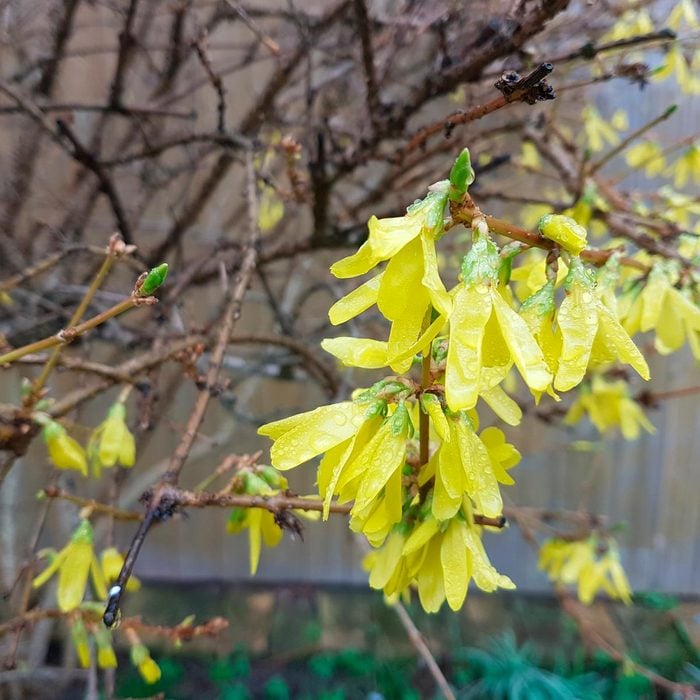
Forsythia
Everyone loves this golden harbinger of spring when it’s in bloom, for about 15 minutes in early spring. Seriously. The show is about a week long, and then you have a green blob the rest of the growing season. Make that a green blob constantly in need of a haircut, because forsythia tends to look unruly if it doesn’t get a regular snip. More maintenance and fewer flowers (if you wait too long to prune it) is not a recipe for a great shrub when there are so many better candidates.
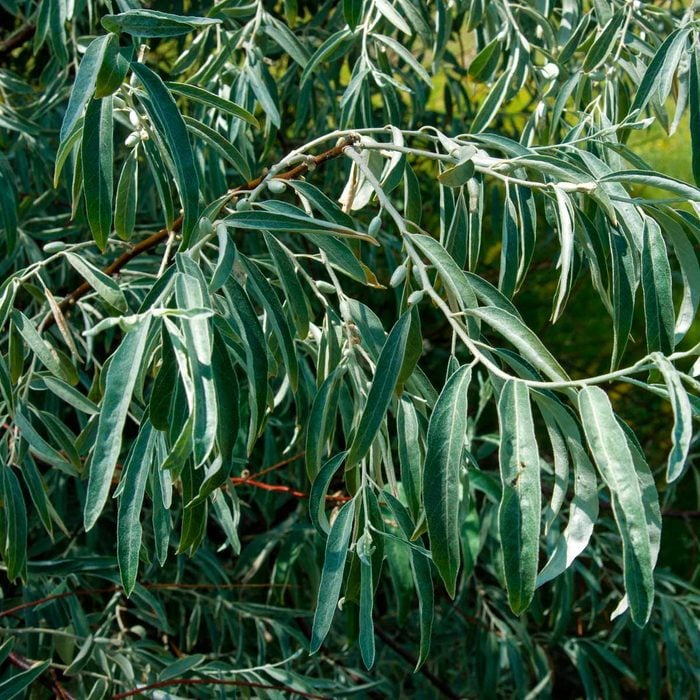
Autumn Olive
This weedy shrub has sharp thorns, which makes it a pain to deal with. Literally. But the real threat is that autumn olive (Elaeagnusspp.) is easily spread by birds, then ends up out-competing other plants because it is so adaptable. It even makes its own nitrogen. It’s actually banned in a number of states.



















